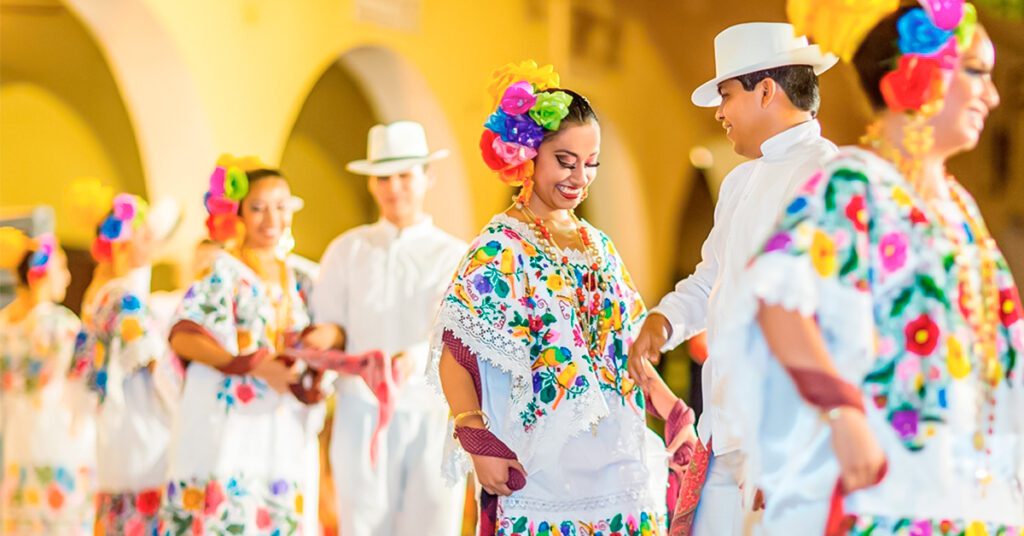June 14, 2024
We love to see the incredible traditions of this beautiful state. One of the most treasured is the Vaqueria Yucateca which you can see each Monday at 9pm in La Ermita Park (Calle 66 x 77). The weekly show consists of the dances that are described below, but the story of these festivities are fascinating.
Vaqueria Yucateca is a lively and colorful traditional festival in the Yucatán Peninsula of Mexico, deeply rooted in the region’s cultural and historical heritage. The term “vaquería” originally referred to a cowboy or cattle ranching festival, but over time, it has evolved into a vibrant celebration that combines music, dance, and community spirit.


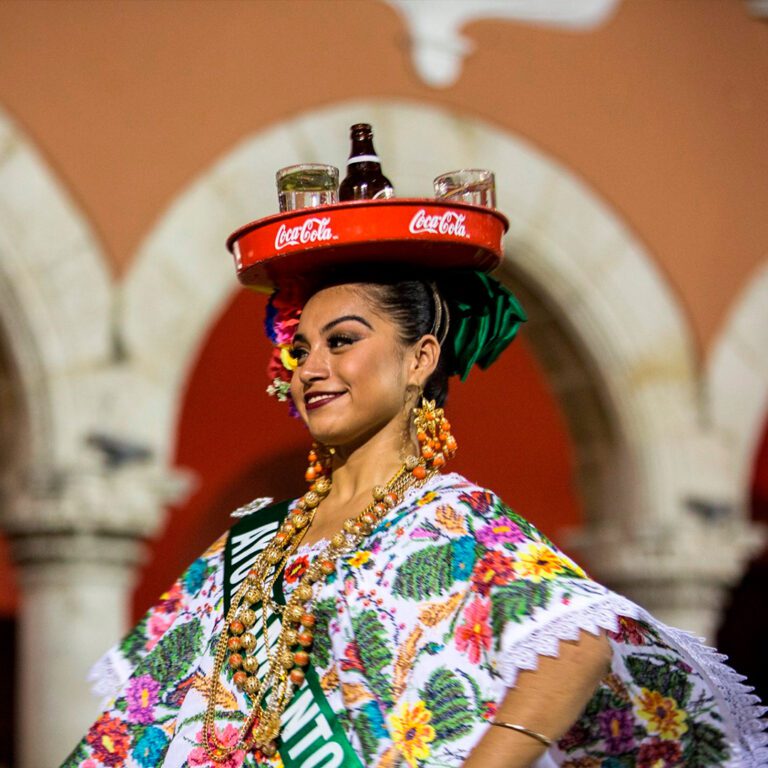

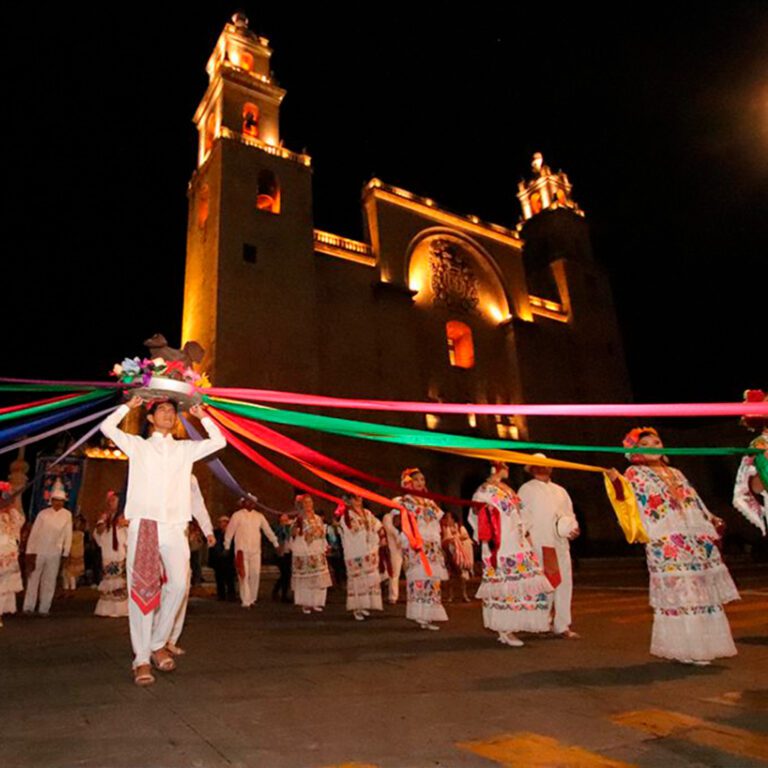

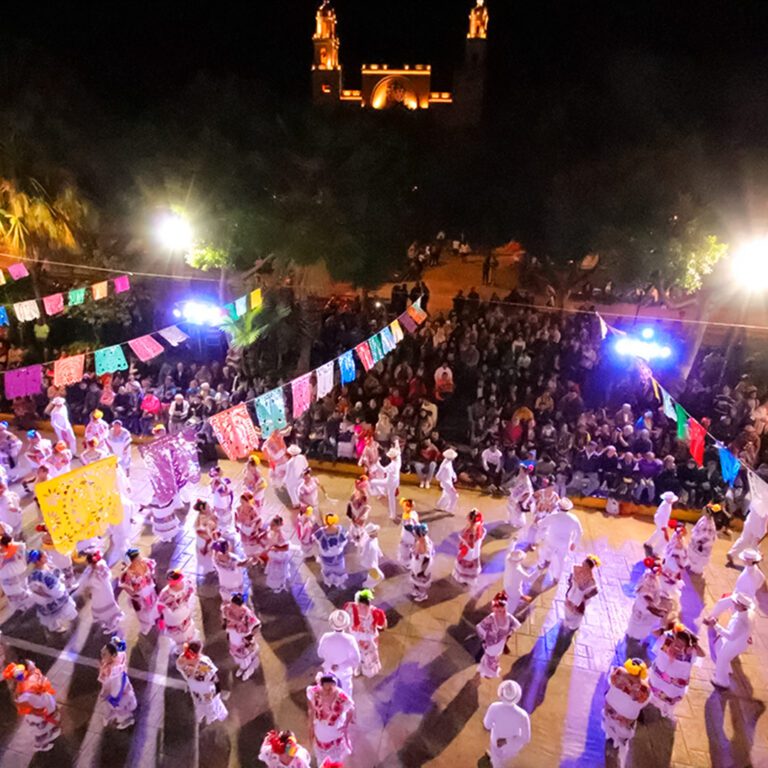

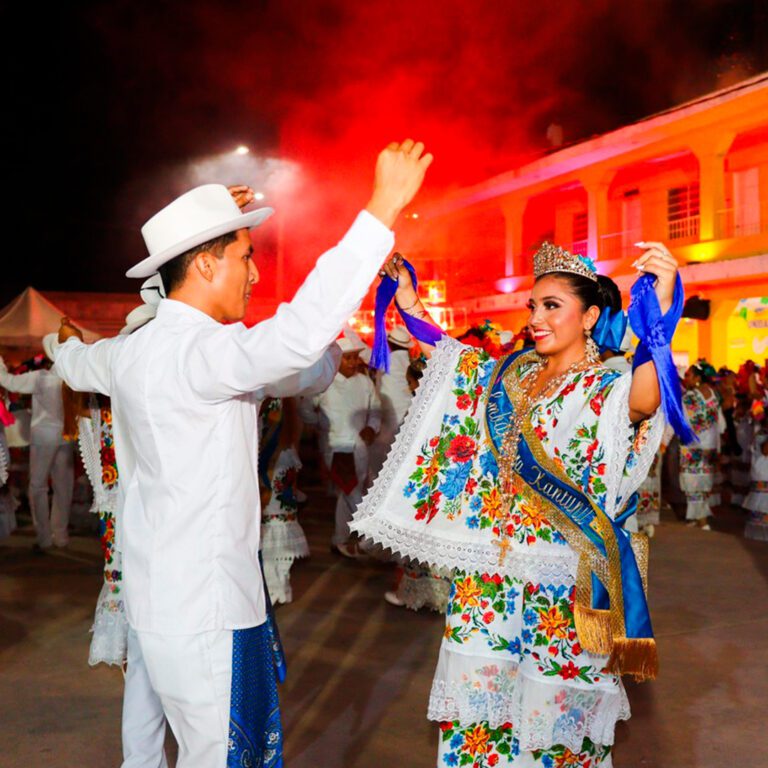

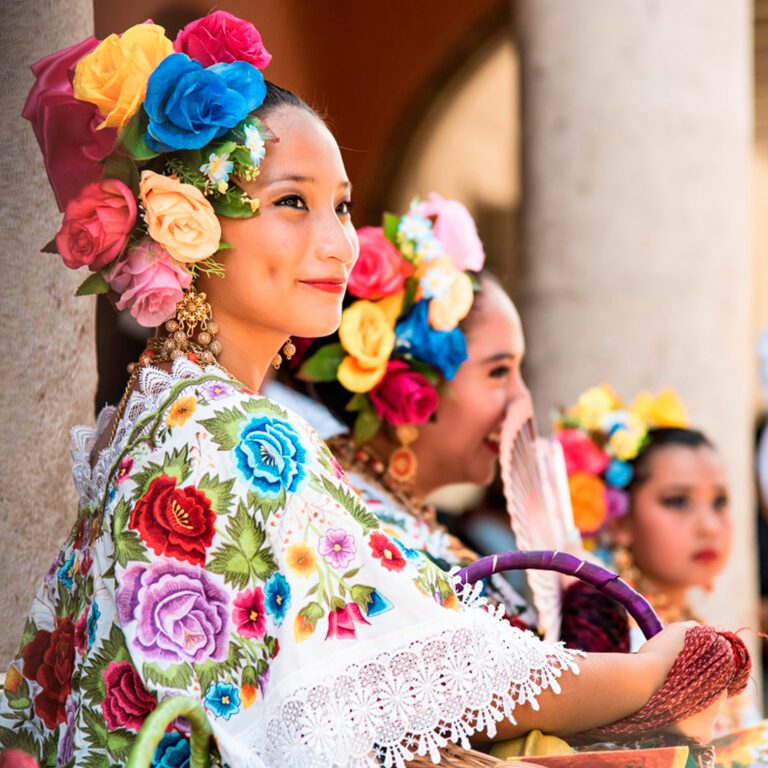

The Origins of Vaquería Yucateca
The Vaquería Yucateca dates back to the colonial period when Spanish settlers introduced cattle ranching to the Yucatán region. These ranching communities developed their own unique festivities to mark important events, such as the branding of cattle. Over the centuries, these celebrations incorporated indigenous Maya traditions, resulting in a rich cultural blend that defines the Vaquería Yucateca we see today.
The Festivities
Vaquería Yucateca is typically held in conjunction with local fairs and religious festivals, often dedicated to patron saints. The event usually begins with a procession, where participants, dressed in traditional attire, parade through the streets accompanied by live music. The women, known as “mestizas,” wear intricately embroidered dresses called “huipiles,” adorned with colorful floral patterns, while the men, referred to as “mestizos,” don white guayaberas and trousers, complemented by wide-brimmed hats.
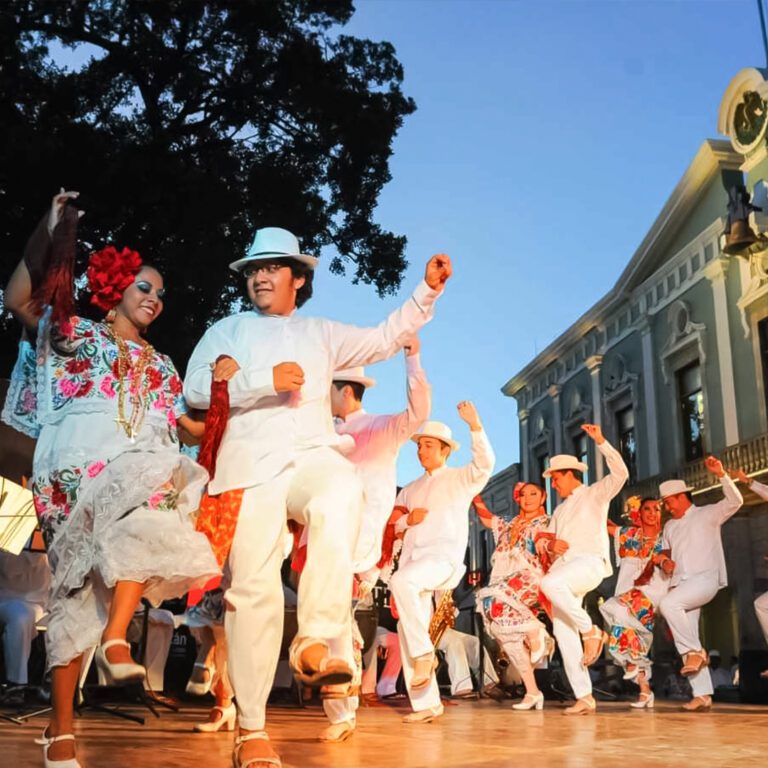

Traditional Dances
At the heart of the Vaquería Yucateca are the traditional dances, which are performed with great enthusiasm and skill. These dances are a testament to the cultural fusion that characterizes the festival, blending Spanish, African, and indigenous influences.
Jarana
The Jarana is the most iconic dance of the Vaquería Yucateca. It is a lively and rhythmic dance that showcases the agility and coordination of the dancers. Performed in pairs, the Jarana features intricate footwork and synchronized movements. The dancers often balance bottles on their heads, demonstrating their skill and precision. The music for the Jarana is played by a traditional orchestra, featuring instruments such as trumpets, trombones, and drums.


Zapateado
Another popular dance is the Zapateado, characterized by its fast-paced foot-stamping movements. This dance requires excellent coordination and stamina, as dancers energetically stomp their feet in time with the music. The Zapateado is often performed as a competitive dance, with participants vying to outdo each other with their speed and precision.
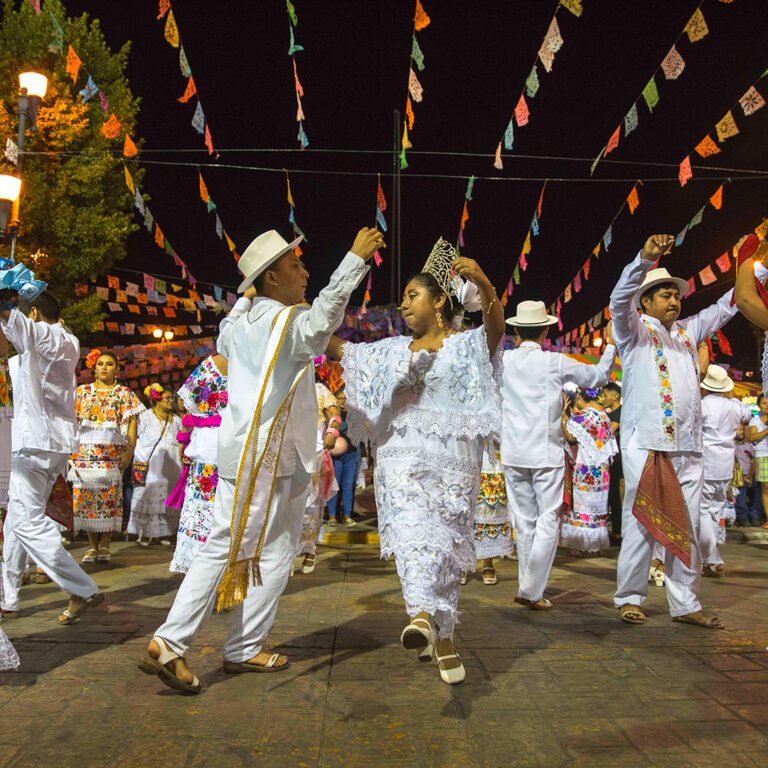

Baile de las Cintas
The Baile de las Cintas, or Ribbon Dance, is a colorful and visually striking performance. Dancers hold ribbons attached to a central pole and weave intricate patterns as they move around it. This dance symbolizes unity and cooperation, as the dancers must work together to create the elaborate designs.
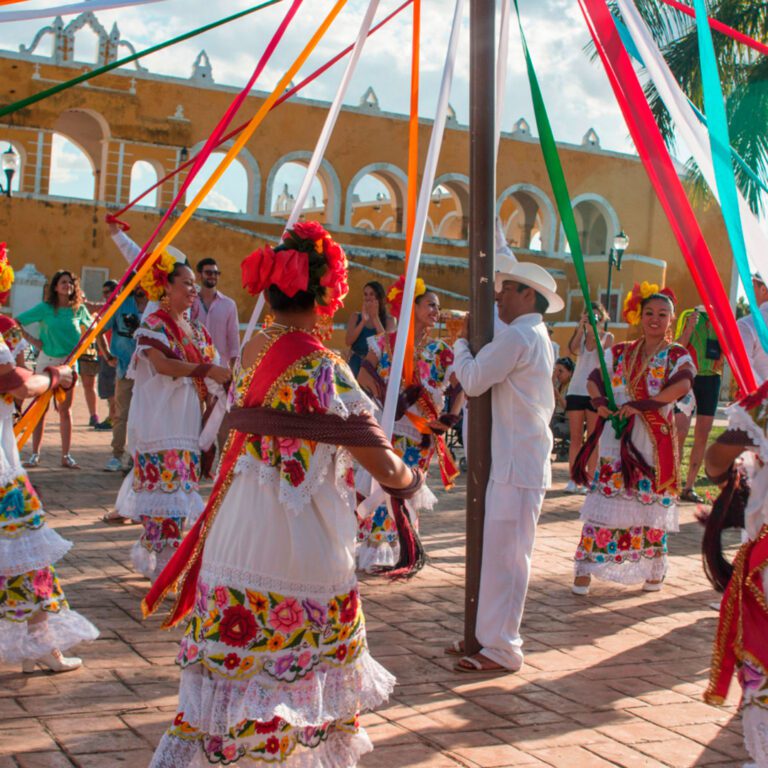

Significance and Modern Celebrations
Vaquería Yucateca is more than just a festival; it is a celebration of Yucatán’s cultural identity and heritage. It serves as a way for the community to come together, honor their traditions, and pass them down to future generations. The festival is a testament to the resilience and adaptability of Yucatecan culture, as it continues to thrive and evolve in the modern era.
In contemporary times, Vaquería Yucateca has gained recognition beyond the Yucatán Peninsula, attracting visitors from all over the world. Tourists flock to the region to witness the vibrant dances, savor traditional Yucatecan cuisine, and immerse themselves in the festive atmosphere. The festival has become a symbol of Yucatán’s rich cultural tapestry and its enduring spirit.
Vaquería Yucateca stands as a colorful and dynamic celebration of Yucatán’s history, culture, and community. Through its traditional dances and festivities, it keeps the region’s heritage alive and vibrant, offering a unique glimpse into the heart and soul of Yucatecan identity.

